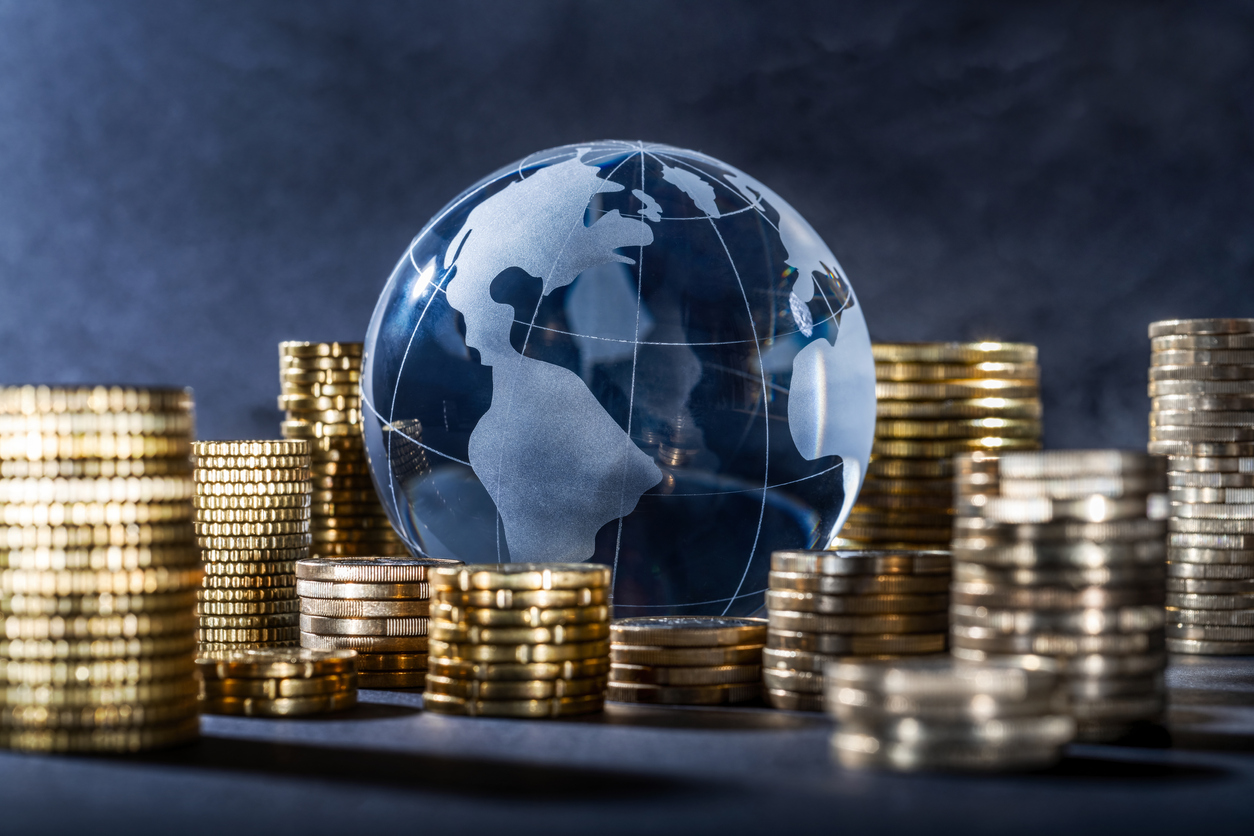The story told about monosodium glutamate (MSG) appears to differ according to who is telling it. In the United States the story is about MSG safety. It describes MSG as both occurring naturally in food and being naturally made, similar to yogurt, vinegar and wine. And it contains glutamate that is identical to the glutamate in the human body.
The U.S. version goes on to explain that MSG has been used for over a century without adverse reactions. That it has been very well researched and found to be safe.
Not included in the story is the fact that since 1957, MSG manufactured and sold in the U.S. has been produced by genetically modified bacteria that secrete MSG though their cell walls (1)
And it is only since that time that questions about the safety of MSG have been raised.
In China, the story told about MSG is quite different.
In “The curious history of MSG in China, and a tour of an MSG Factory,” Christopher St. Cavish sets right off telling the reader that in China, there is no such thing as Chinese Restaurant Syndrome, which immediately caused me to wonder if the MSG produced in the U.S. and the MSG produced in China were actually different things.
That idea was reinforced by St. Cavish’s statement, “I am both a proponent and detractor of MSG’s odorless, flavorless crystals, long fascinated by the contrast between their cultural baggage and supposed medical ill-effects in the US and their unconditional acceptance in Asia. If I, and other consumers and chefs, have a case against MSG, it is that it is a shortcut for chefs, who are able to skimp on the quality of ingredients and then use MSG to boost their flavor.”
The balance of St. Cavish’s article focuses on what he calls the “31 different types of MSG, from beef-flavored MSG to halal MSG, invented after a massive scandal in Indonesia in 2001 that revealed the local manufacturer was using pork enzymes in the production process.” Again, St. Cavish emphasized the fact that “all MSG is the exact same thing. To the extent there are ‘brands’, it has to do with the size of the crystals and whether or not it’s been mixed with a flavoring, from regular table salt to dried mushrooms. But the MSG itself is identical. It starts off as a starch: depending on prices and geography, that might be beets, wheat, sugarcane, corn or cassava. Bacteria are added, which eat the starch and excrete glutamic acid. The bacteria are then killed, leaving the glutamic acid, which is isolated, purified and then dried into crystals, which are sorted by size. Ta-da. MSG! 95% of the stuff is made in China, where ingredients and labor are cheap.”
The fact that MSG has been the subject of numerous articles written prior to 1957 without mention of adverse effects caused by MSG lends credence to the theory that adverse effects following ingestion of MSG were unknown prior to 1957, the date that use of genetically modified bacteria began. Add to that the fact that reports of adverse effects following ingestion of MSG only began to surface after the use of genetically modified bacteria to secrete glutamic acid commenced.
NOTES
(1) (Leung A, Foster S. Encyclopedia of common natural ingredients used in food, drugs, and cosmetics. New York: Wiley, 1996.).
Jordan Hand’s A Short History of MSG Good Science, Bad Science, and Taste Cultures is an excellent source of information. (Jordan Sand, “A Short History of MSG: Good Science, Bad Science, and Taste Cultures,” Gastronomica 5:4 (Fall, 2005): 38-49.)
Christopher St. Cavishis an American food writer, based in Shanghai since 2005.


